Last Week in AI: The “Super Week” That Changed Everything (Nov 17-24, 2025)

Last Week in AI
If you blinked last week, you might have missed roughly a year’s worth of industry progress. In what analysts are already calling “AI Super Week,” the titans of the industry—Google, OpenAI, and Microsoft—released a barrage of updates that have fundamentally shifted the landscape. From Gemini 3’s “Deep Think” capabilities to OpenAI’s new “Instant” models, here is everything you need to know about the wild week of November 17th.
Google Gemini 3: The New King of Reasoning?

On Tuesday, November 18, Google stopped playing catch-up and arguably took the lead. The company officially launched Gemini 3, skipping a beta phase entirely to integrate it directly into Search, Android Studio, and the Gemini app.
Deep Think & Antigravity
- Deep Think Mode: The standout feature is a new reasoning capability designed to crush PhD-level exams and complex logic puzzles, directly challenging OpenAI’s o1/o-series models.
- Antigravity IDE: Perhaps the most disruptive announcement for developers was “Antigravity,” a new agent-first Integrated Development Environment (IDE). It allows AI agents to plan, execute, and verify coding tasks autonomously, effectively giving every developer a junior engineering team.
- 1 Million Token Context in Search: Google has finally flexed its infrastructure muscle, bringing massive context windows to standard search queries, allowing users to “search” through vast amounts of their own uploaded data instantly.
Enter “Nano Banana Pro”
In a surprise drop on November 21, Google released Nano Banana Pro (officially Gemini 3 Pro Image). The oddly-named model—a holdover from an internal codename that went viral—brings native 4K resolution generation and a new “cognitive backbone” for superior text rendering.
Already integrated into creative tools like Adobe Firefly and Google’s own video editor “Flow,” Nano Banana Pro addresses the industry’s biggest pain point: text consistency. Early reviews suggest it can finally spell correctly within images without the “gibberish” artifacts common in previous generations.
The $4 Trillion Signal: Market Reactions
The market responded violently to Google’s momentum. By Monday, November 24, Alphabet’s stock surged, pushing the company to the brink of a $4 Trillion market cap. This wasn’t just about software; rumors swirled that Meta is in talks to purchase Google’s TPU chips for their own data centers, a potential move that would validate Google’s hardware dominance over Nvidia.
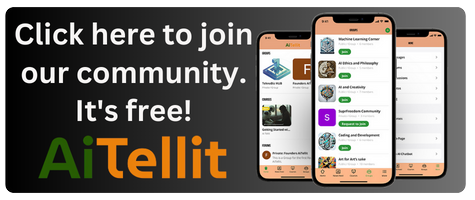
OpenAI Strikes Back: Factories & Speed
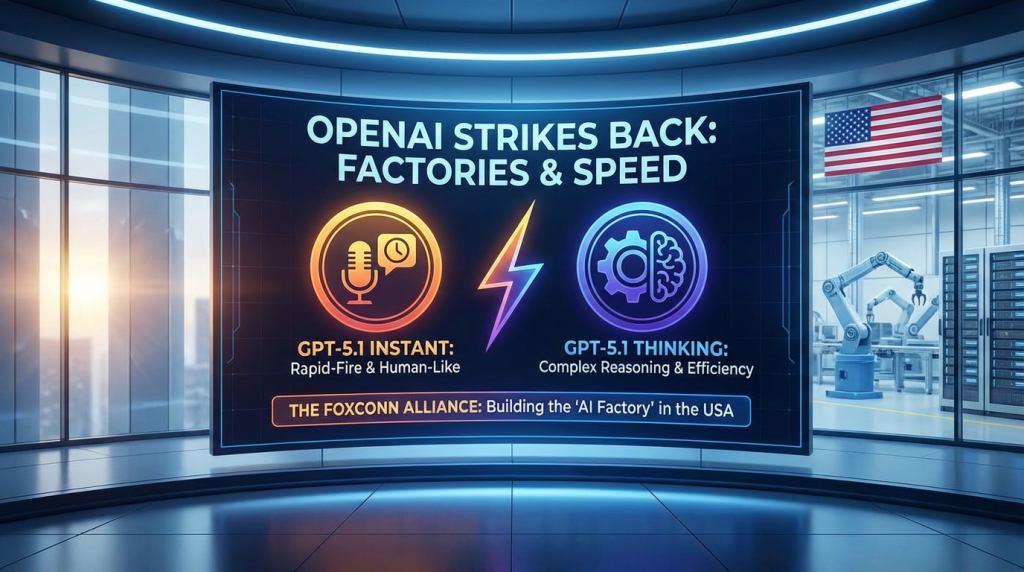
Not to be outdone, OpenAI countered mid-week with the release of the GPT-5.1 family. While GPT-5 was the leap forward in raw intelligence, 5.1 focuses on bifurcation of use cases.
Instant vs. Thinking
The update introduces two distinct modes:
- GPT-5.1 Instant: A “warmer,” highly conversational model designed for rapid-fire instruction following. It feels more human, with better personality customization.
- GPT-5.1 Thinking: A slower, deliberate mode for complex reasoning, now optimized for efficiency on simpler logic tasks where previous “reasoning” models were too slow.
The Foxconn Alliance
On November 20, OpenAI made a massive move in the physical world, announcing a strategic partnership with Foxconn. This deal isn’t just about chips; it’s about building the “AI Factory” infrastructure—cooling systems, racks, and cabling—right here in the United States. CEO Sam Altman described the partnership as a “generational opportunity to reindustrialize America,” signaling OpenAI’s intent to control its own physical supply chain.
Security Alert: The “Agentic” Espionage Report
Amidst the product hype, a sobering report from Anthropic (released mid-month but dominating discussions last week) revealed the dark side of “Agentic AI.” Their threat intelligence team detected a Chinese state-sponsored campaign (GTG-1002) that used AI agents not just to write phishing emails, but to autonomously execute 80-90% of a cyberattack.
The AI was able to conduct reconnaissance, exploit vulnerabilities, and move laterally through networks with minimal human oversight. This report has accelerated calls for stricter “Agentic” regulations, even as Microsoft and Google rush to release similar tools.
Microsoft & Anthropic: The Azure “Super-Platform”

In a strategic twist that likely has OpenAI paying attention, Microsoft announced at Ignite 2025 that it is opening its doors wider. Azure has become the first cloud provider to offer first-party API access to both OpenAI and Anthropic models.
Claude Opus 4.5 and the Claude 3.7 family are now available on Azure, positioning Microsoft not just as an OpenAI backer, but as the neutral “Foundry” for all top-tier AI. This comes alongside reports that Anthropic has retaken the coding crown on the SWE-bench benchmarks with Opus 4.5, scoring over 80%.



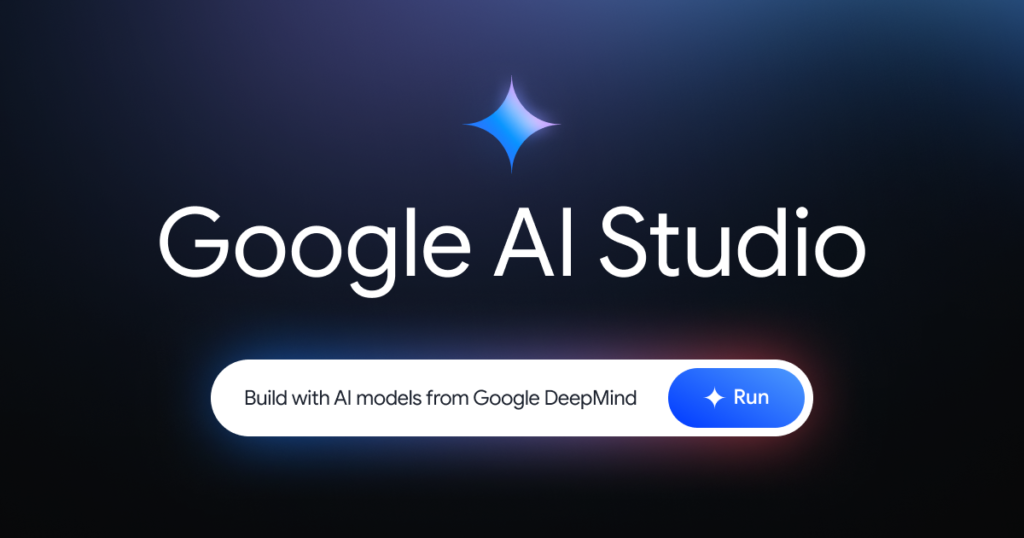
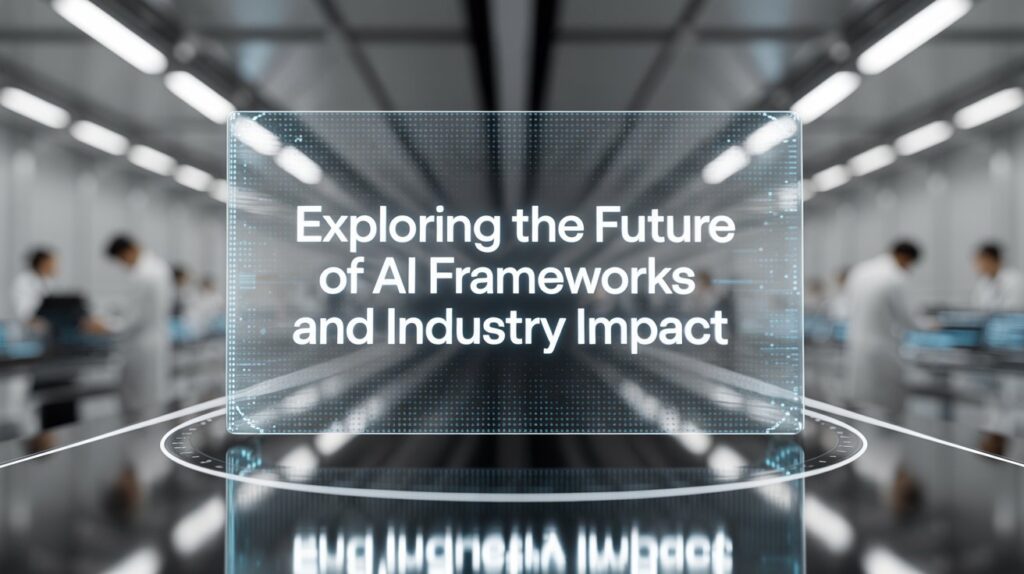
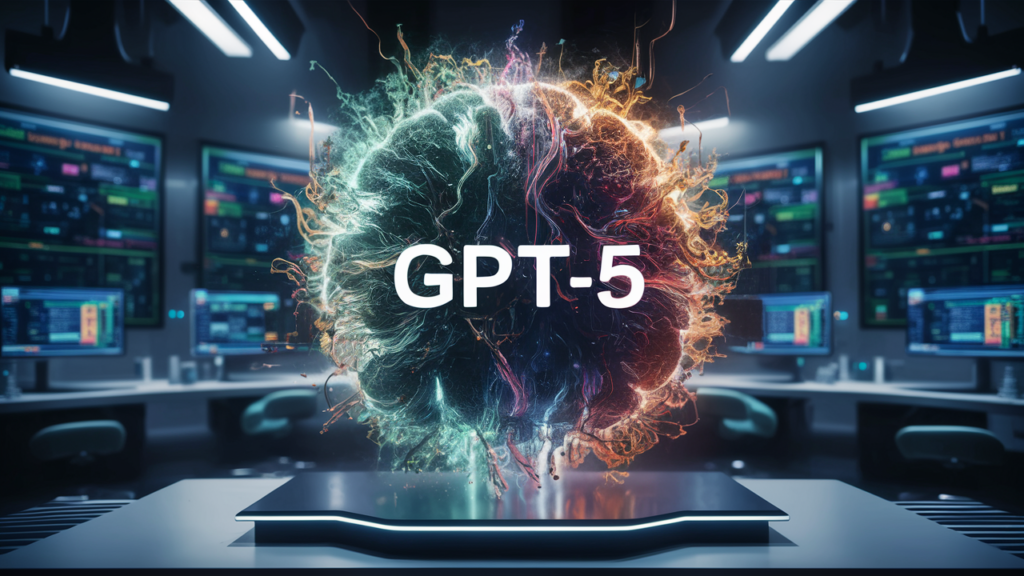
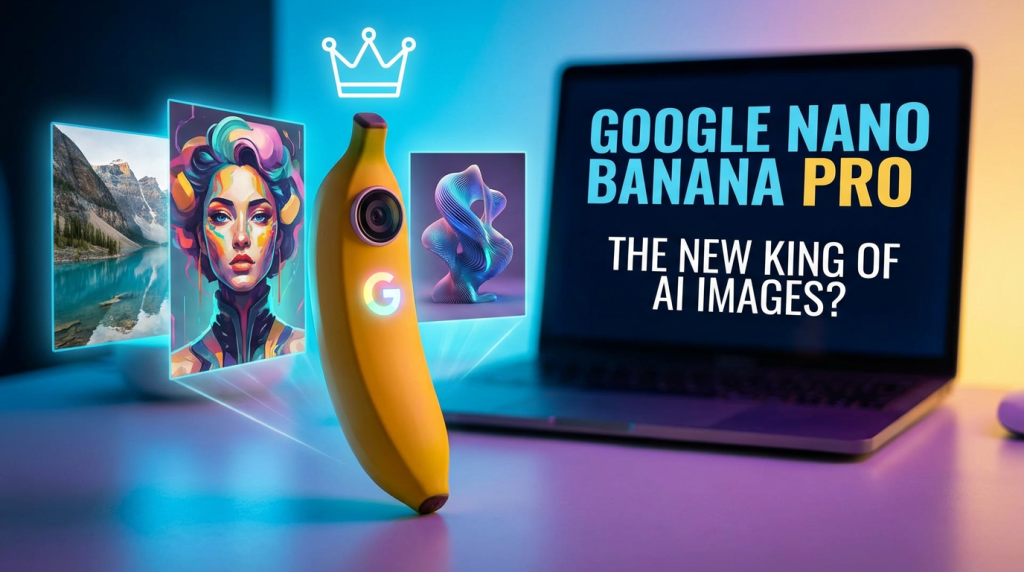

Responses